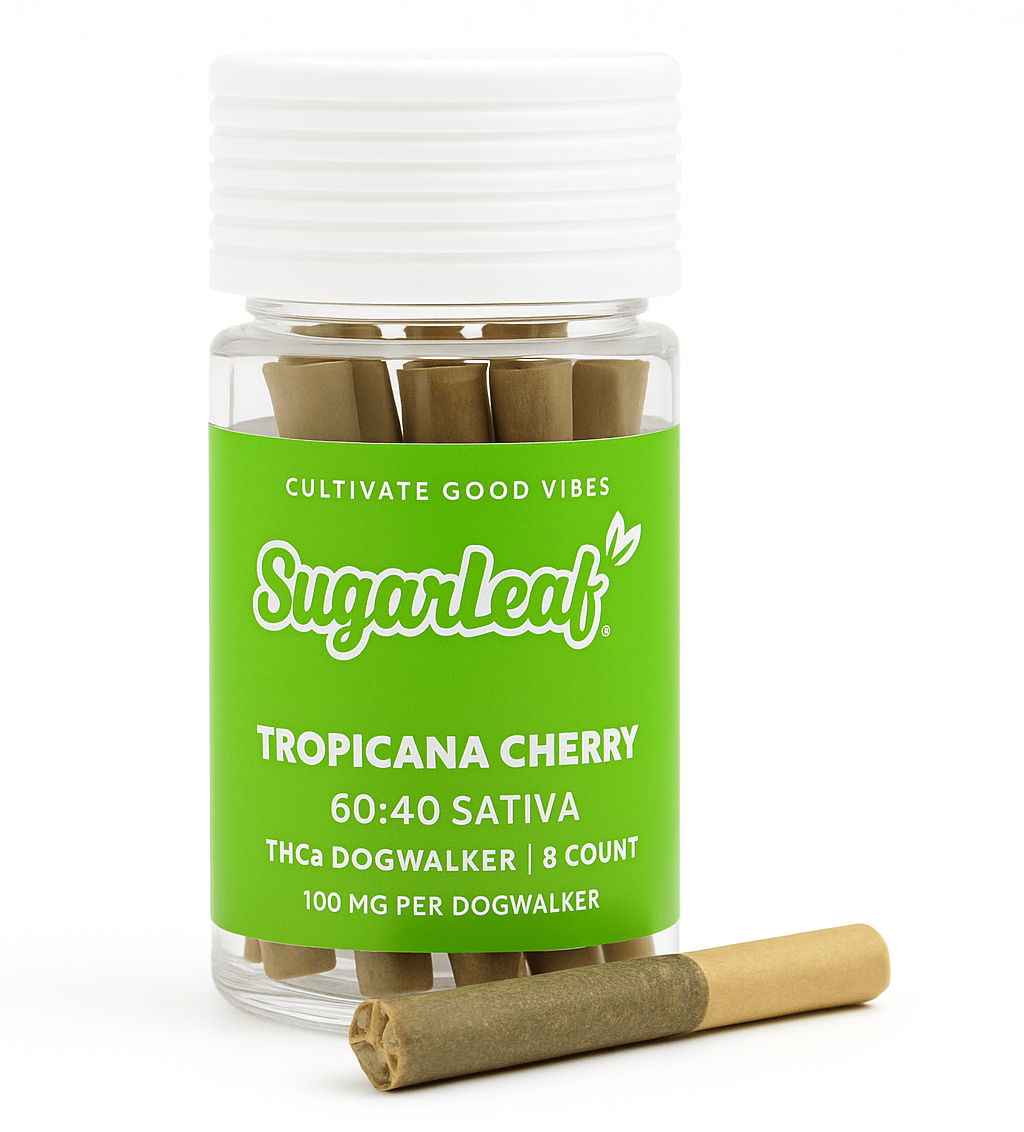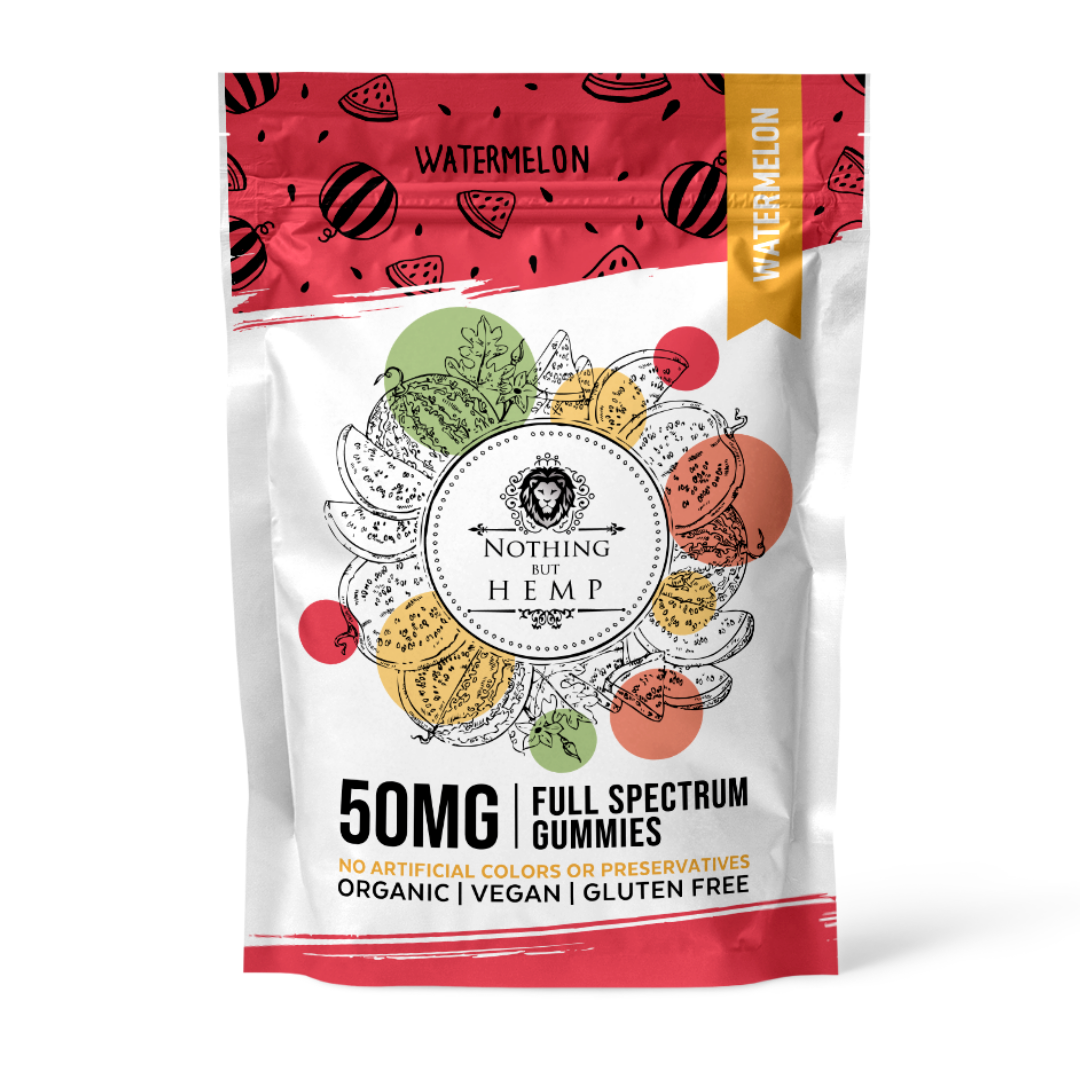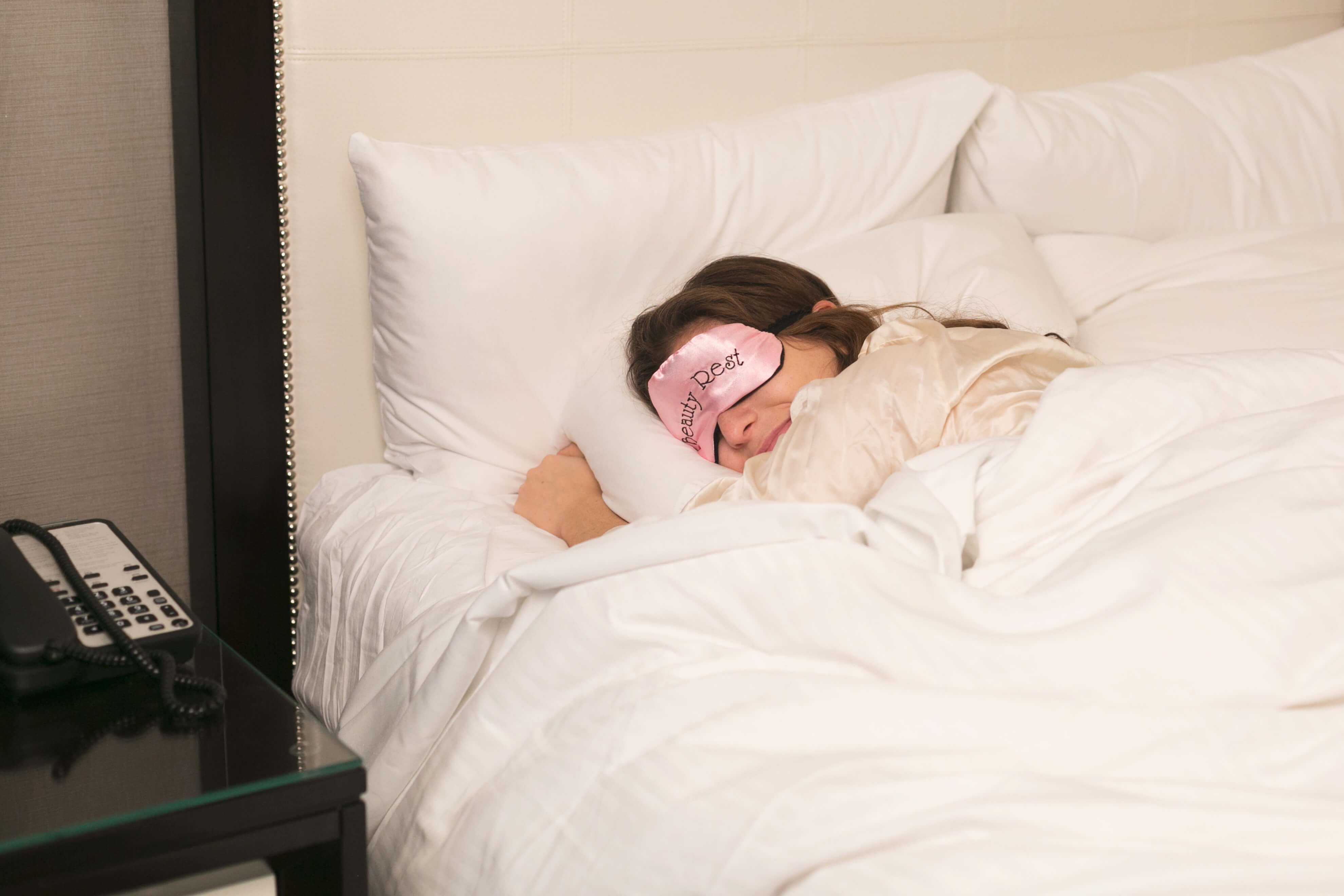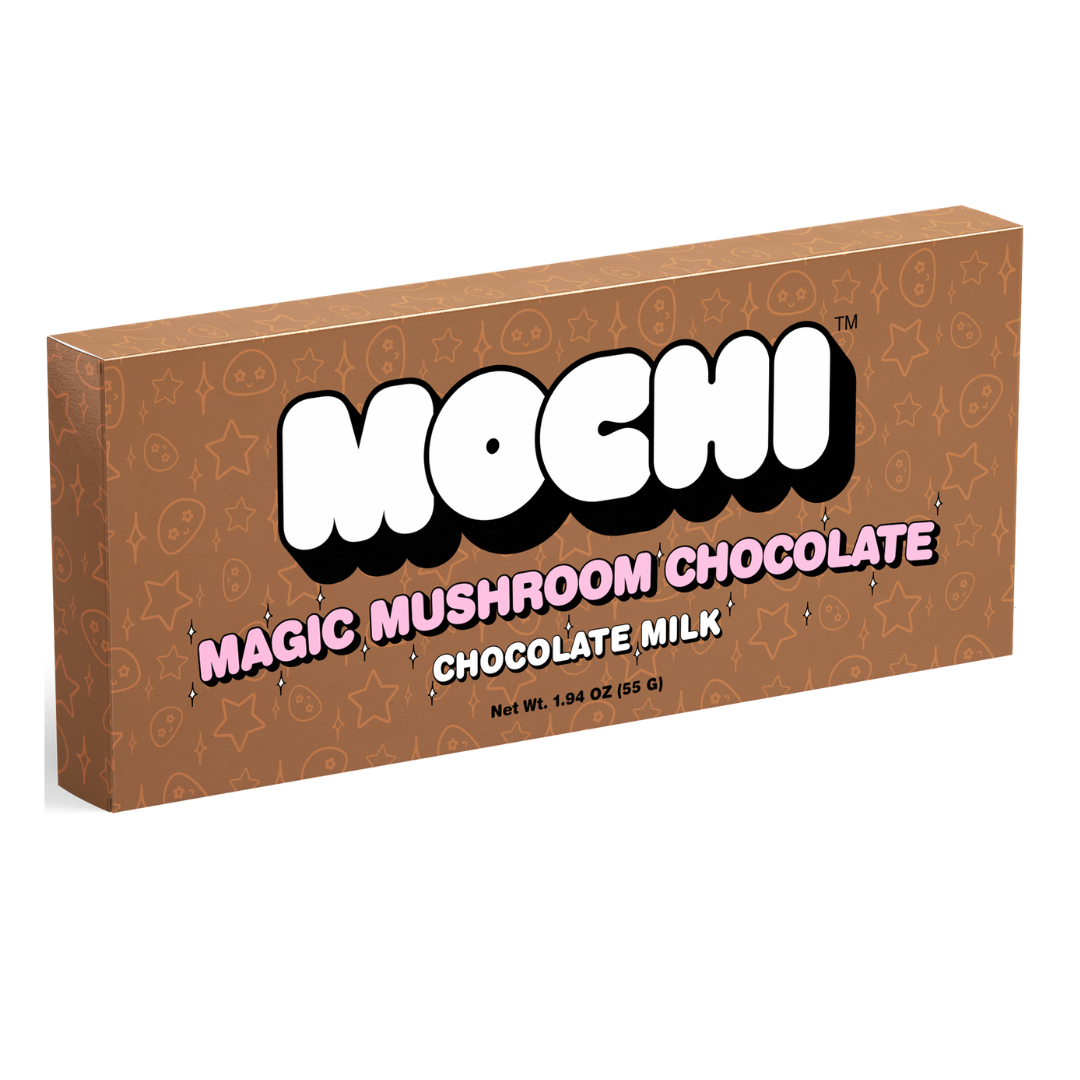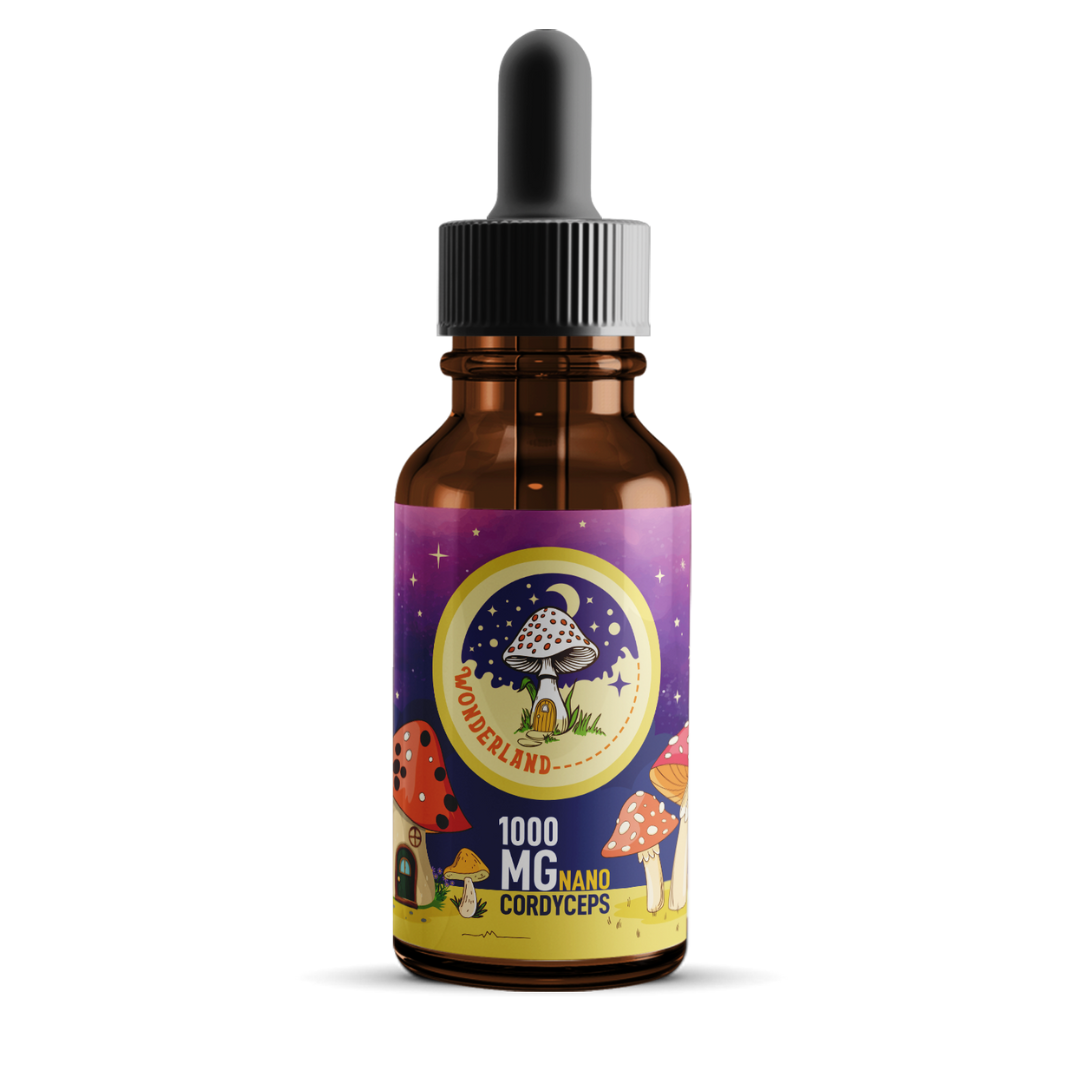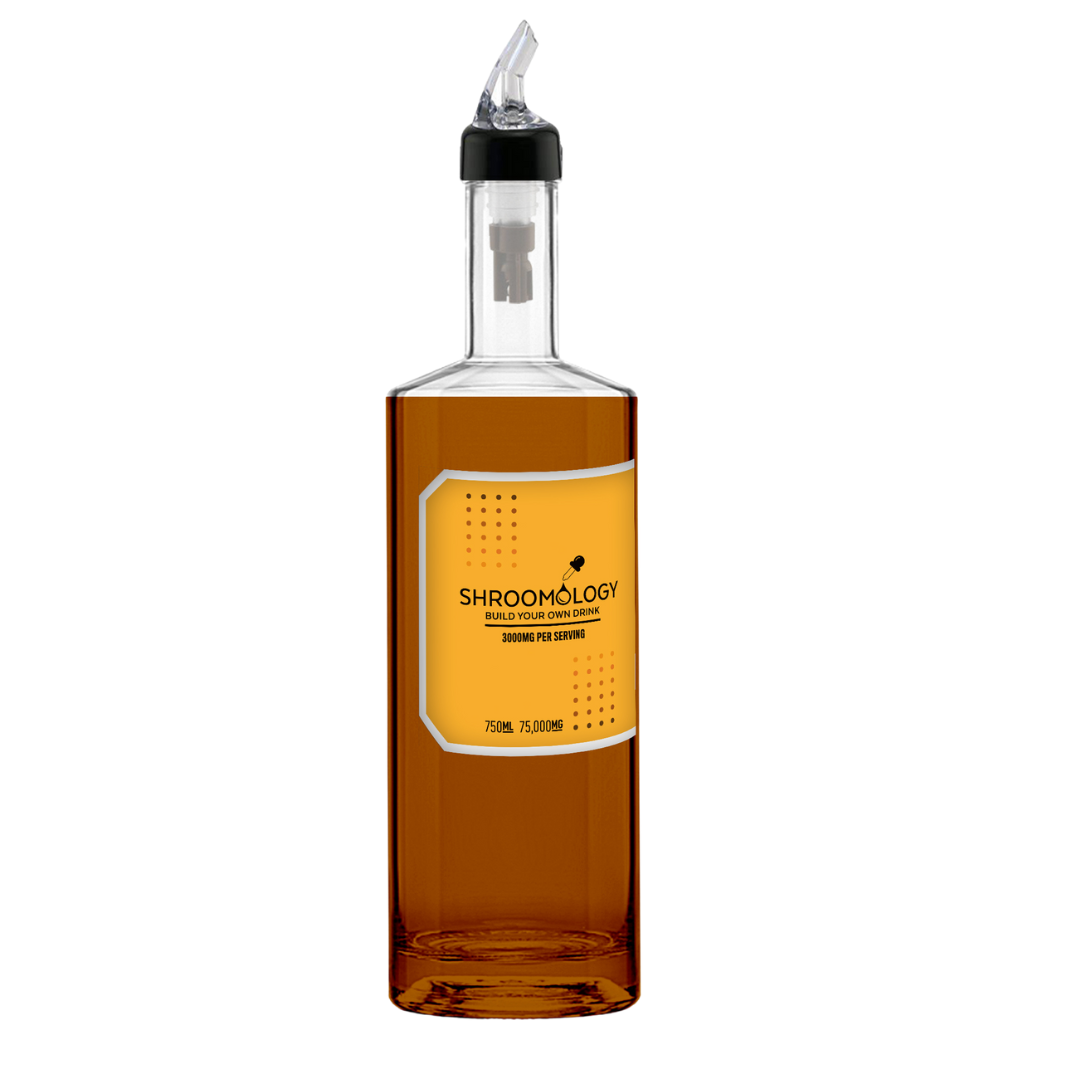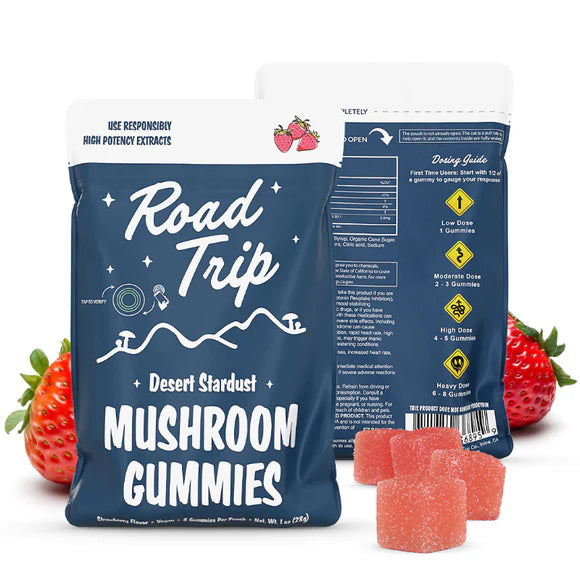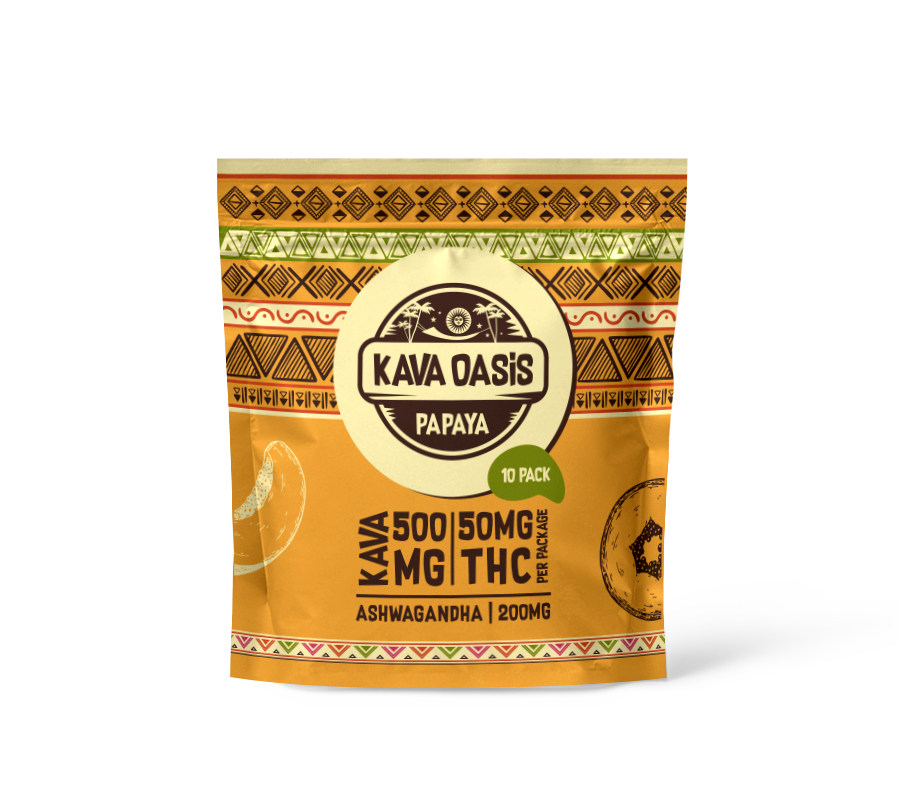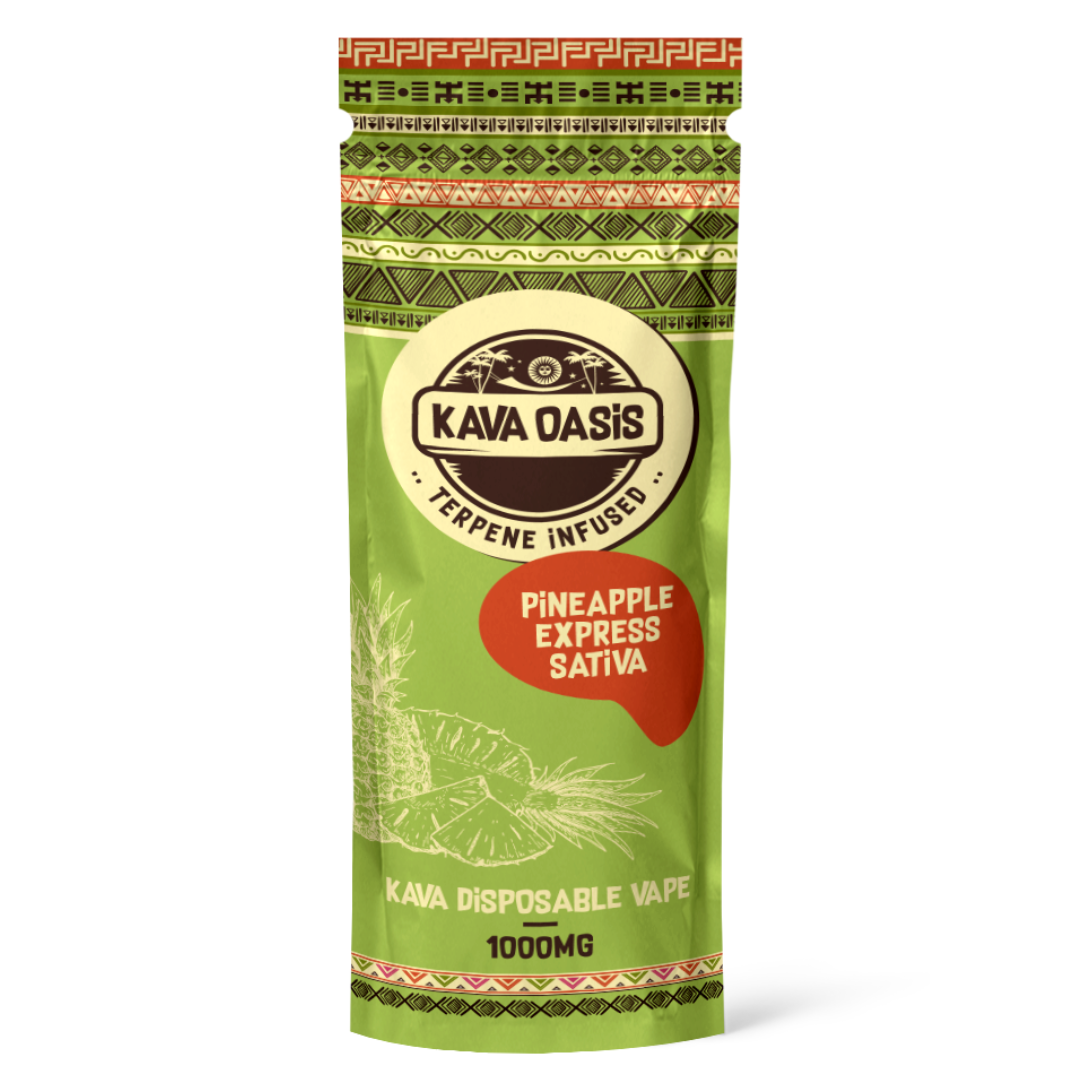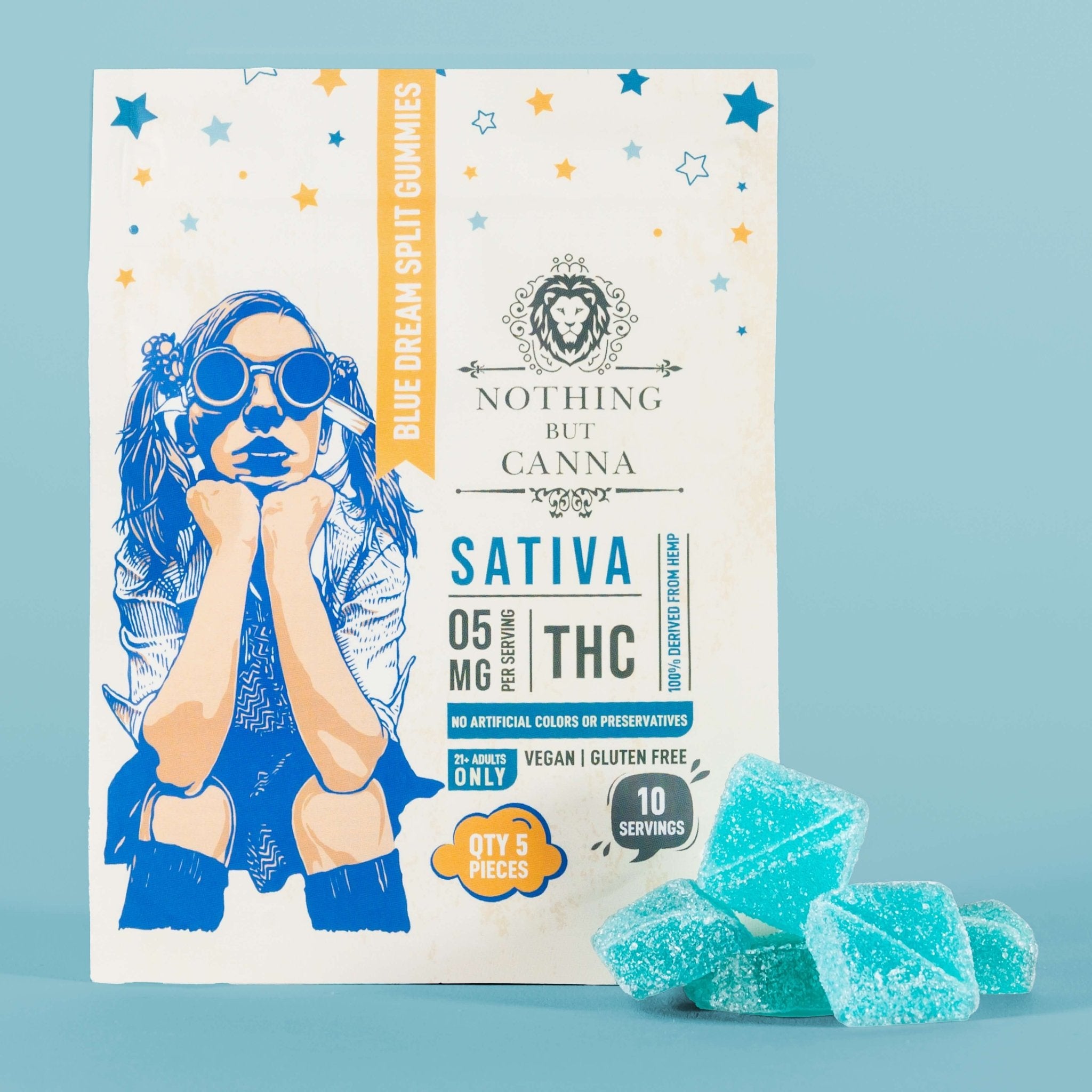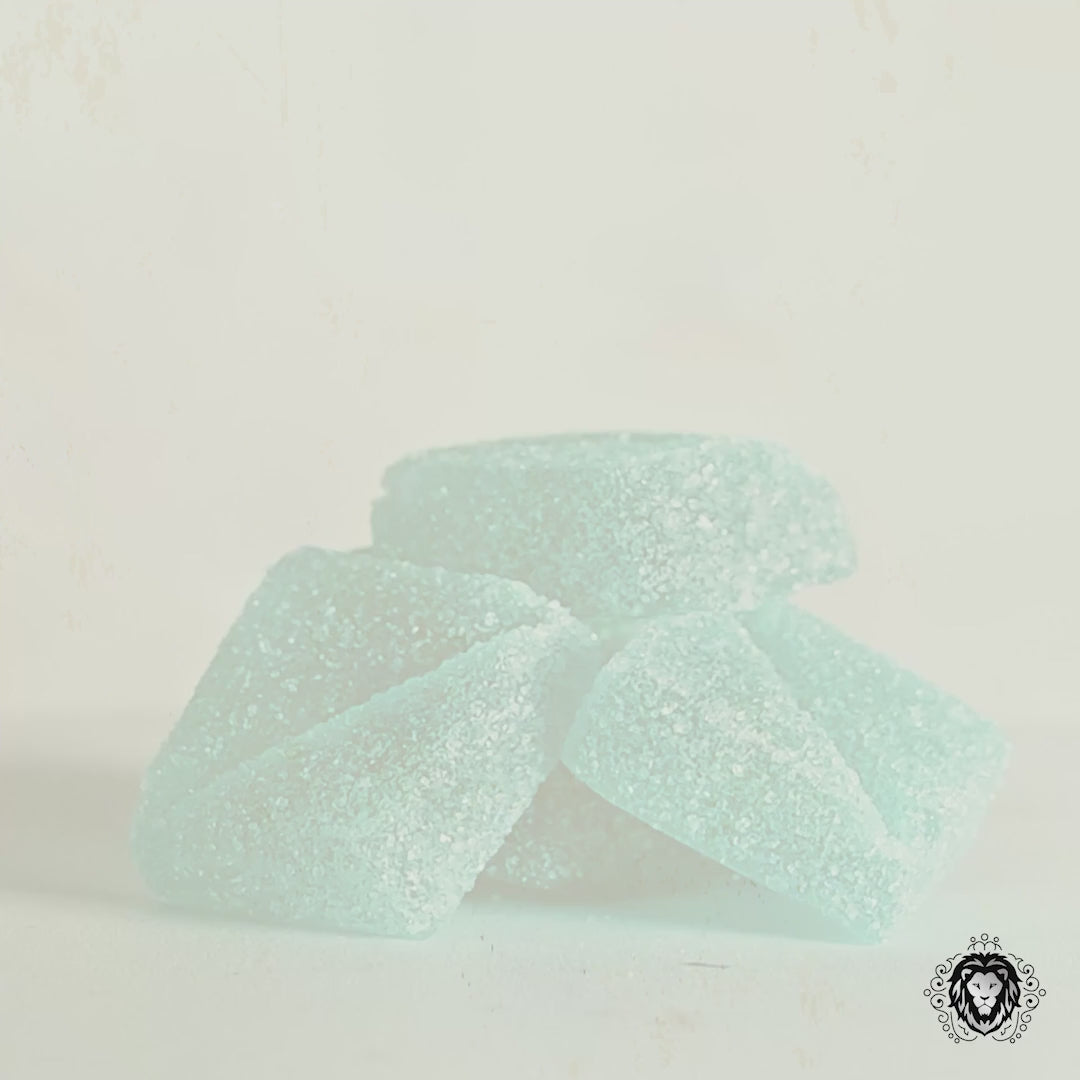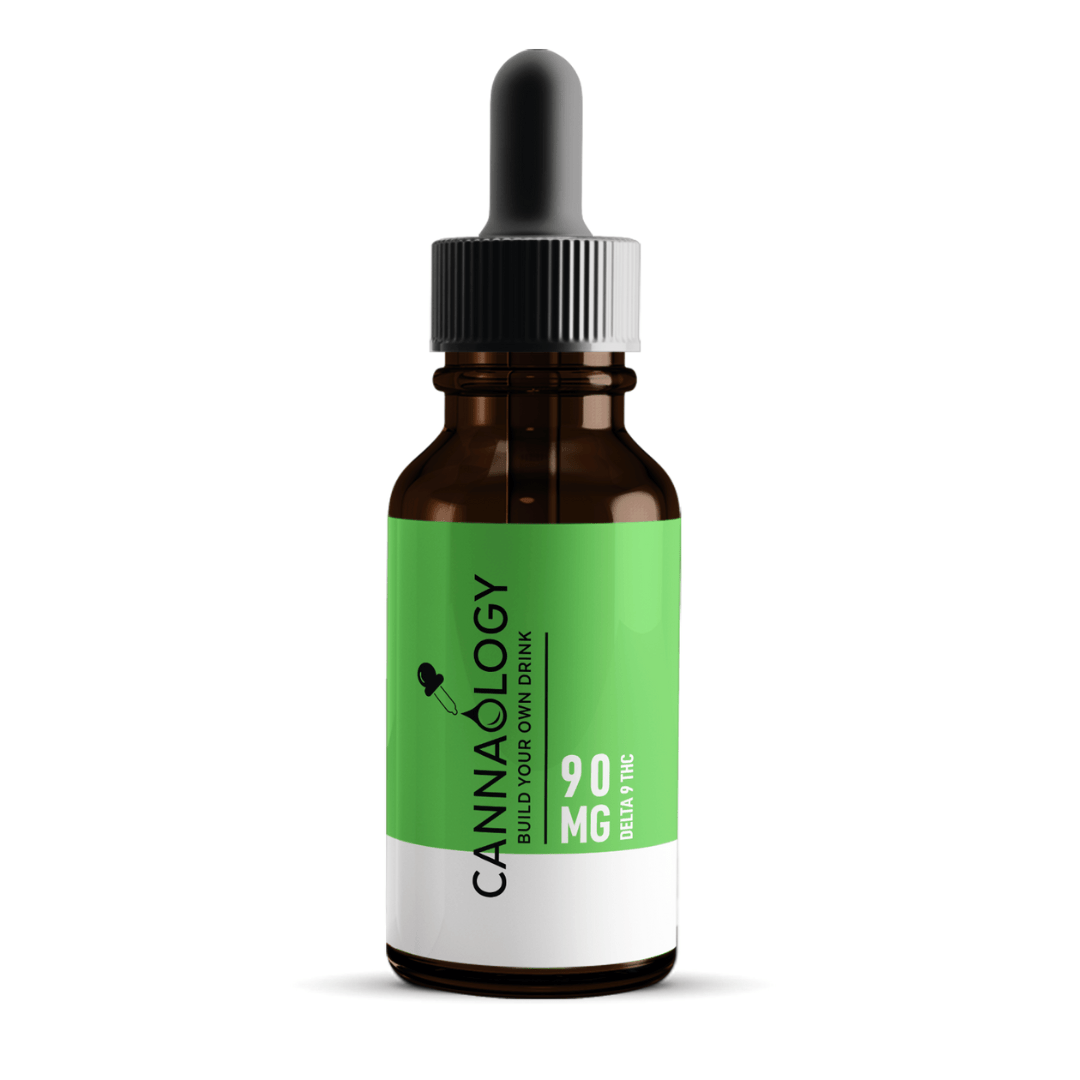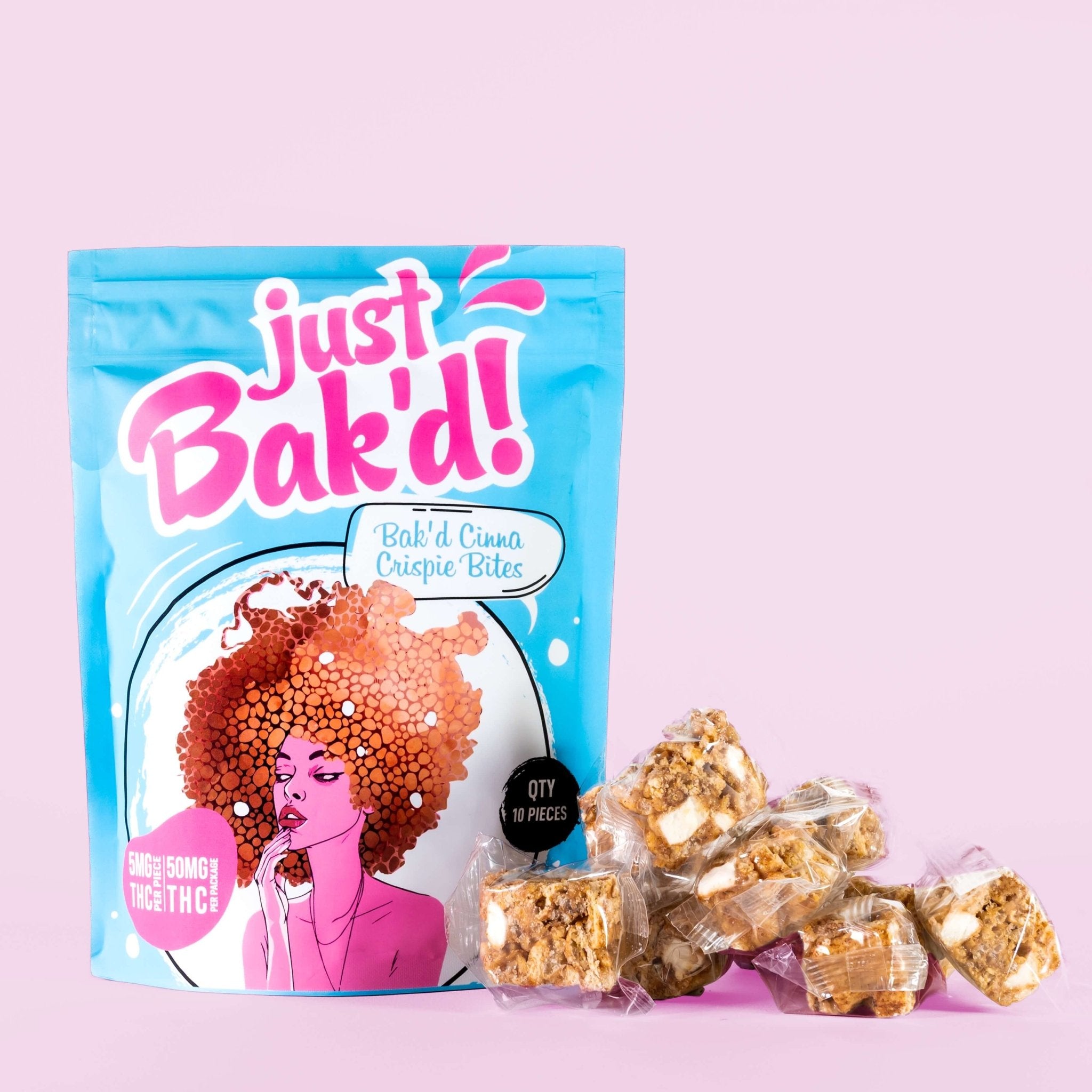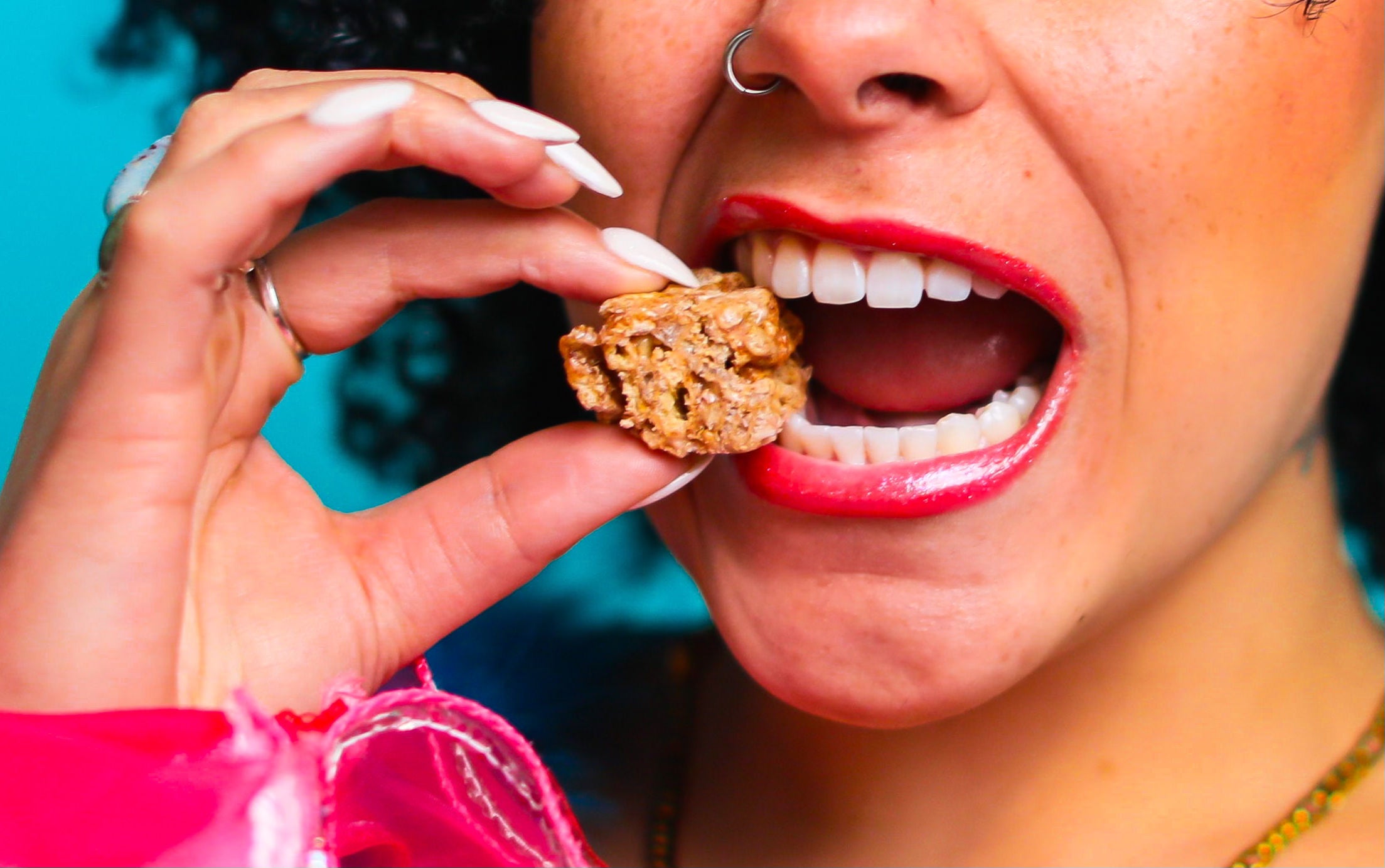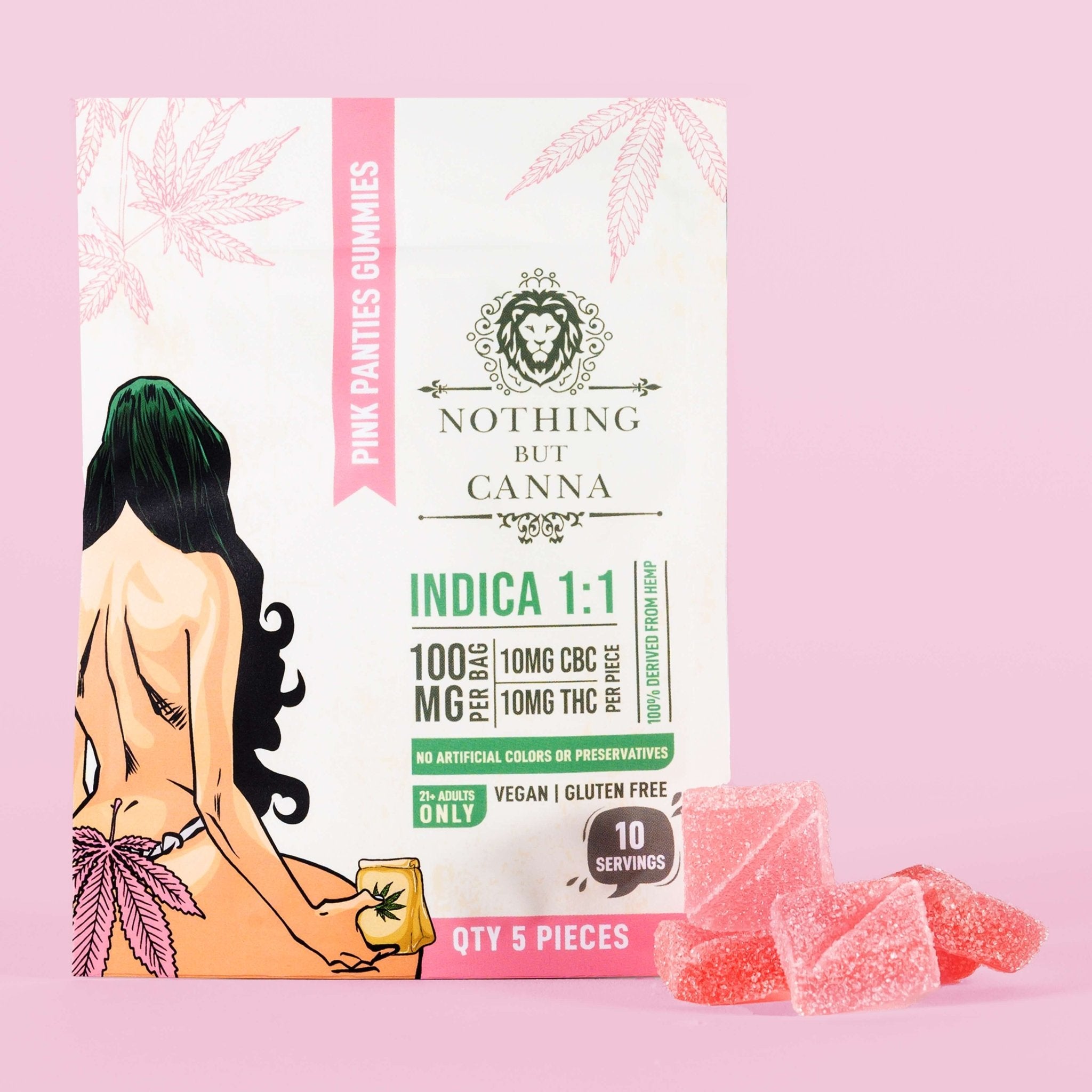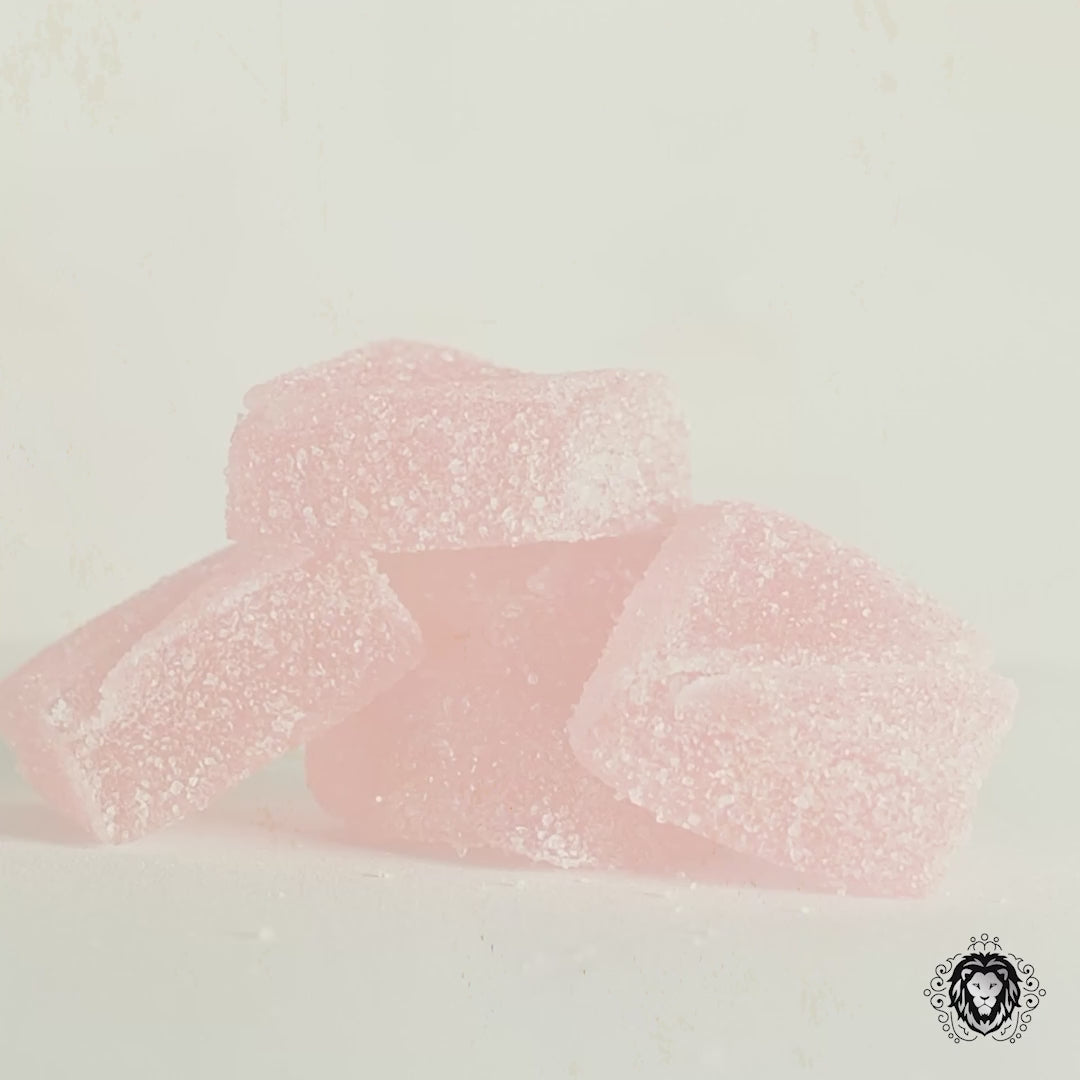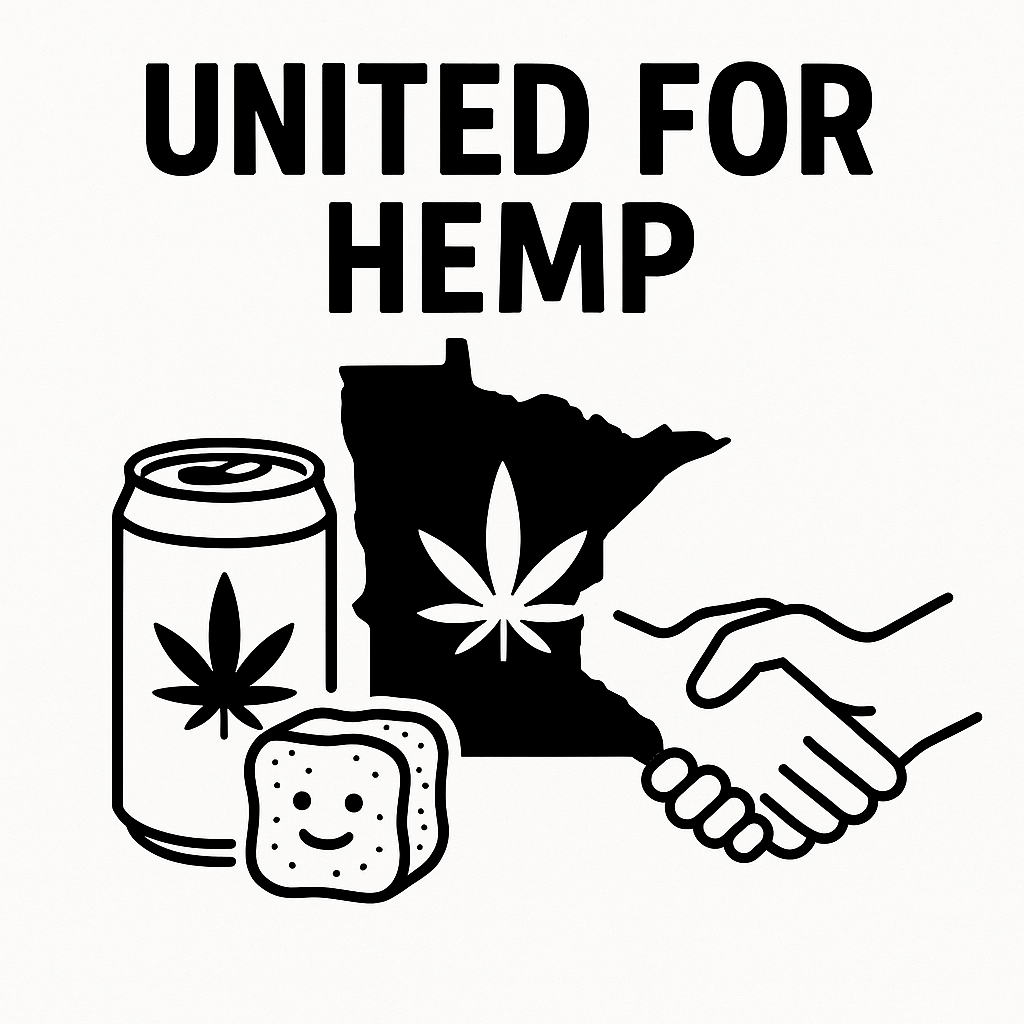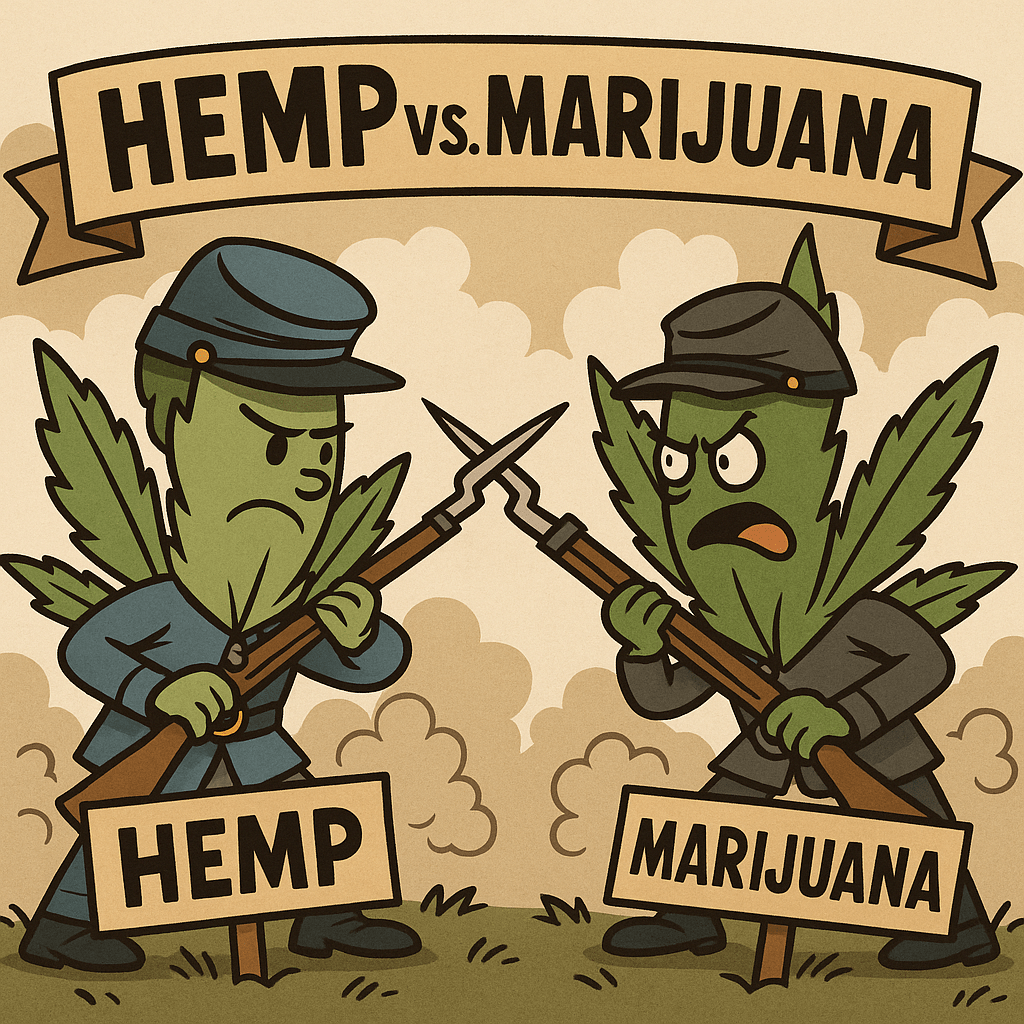Let me start by telling you exactly what happened.
The Pandemic: When the Hemp Industry Nearly Collapsed
At the end of 2019, COVID hit the United States. Minnesota quickly became one of the strictest states in the country — hotlines to report neighbors leaving their homes, forced business closures, and only “essential” operations allowed to open.
Eventually our business was declared essential (that’s a whole separate story), but the financial blow had already landed. We shut down all but one store and furloughed most of our team. CBD sales, which initially remained steady, began dropping month after month.
The Minnesota hemp industry collapsed before our eyes.
We went from around 150 hemp shops to fewer than 20 (not including smoke shops). Only a handful survived: Nothing But Hemp, Stigma, Retro Bakery, Superior Cannabis Company, and a few others.
The writing was on the wall: if we didn’t pivot, we were next.
2020: The Pivot That Saved Us
During this downturn, one of my suppliers called and asked:
“Have you heard of Delta-8?”
I knew Delta-9 THC, of course, but Delta-8 was new to me. They pitched it as naturally derived from hemp. We all now know that it’s synthesized from CBD isolate — but at the time, the entire industry was learning in real time.
We created a brand called Rasta Canna Hemp and white-labeled our first Delta-8 gummies.
Customers loved them.
The relaxation, the mild euphoria, the relief — and yes, the recreational use. Sales surged. We expanded into Delta-8 vapes, flower, and concentrates. The business doubled seemingly overnight.
But not everyone was thrilled.
December 2021: The Enforcement Storm Comes
In 2021, the Minnesota Board of Pharmacy launched an enforcement action against Superior Cannabis Company, seizing every Delta-8 product they had to “prove a point.” Superior was one of the most compliant businesses in the state — fully tested products, child-safe packaging, the whole nine yards.
But it didn’t matter.
Then on December 8, 2021, Cody Wiberg released a formal report stating:
-
Delta-8 is intoxicating
-
It is synthesized from CBD
-
And therefore — under his interpretation — ALL THC isomers are Schedule I controlled substances in Minnesota, even if under 0.3% Delta-9.
My attorney disagreed and believed we were still fully legal. But I knew what this meant:
Enforcement was coming.
Organizing the Hemp Industry
At the time, I sat on the board of the Minnesota Hemp Association (DBA Minnesota Cannabis Association). Only three board members remained:
-
Park Smith
-
Charlie from Hemp Acres
-
And me
We hired cannabis attorney and lobbyist Jason Tarasek, and built alliances with:
-
Rep. Heather Edelson
-
Sen. Mark Koran
-
The Minnesota Hemp Farmers & Manufacturers Association under David Ladd
-
Staff at the Minnesota Department of Agriculture, including Tony Cortilet
We gathered everything we could:
-
Polls from customers
-
Input from the surviving hemp shops and smoke shops
-
Feedback from poison control
-
Retailer economic data
-
Safety and consumer-use research
Our message was simple:
Minnesotans want access, and hemp-derived THC can be regulated safely.
The Milligram Fight: 20mg → 10mg → 5mg
During session, while I was on a ski hill in the Iron Range, Rep. Edelson called me:
“We need a milligram limit for Delta-8 and Delta-9.”
I said, “Let’s do 20mg per serving.”
She laughed. “Not happening.”
She warned that if we didn’t find a middle ground, the state would seize every product in Minnesota — mine included.
I countered with 10mg.
The House was thinking 2mg.
We finally landed on 5mg per serving, 50mg per package.
Not everyone was thrilled, but the alternative was the annihilation of the industry.
We fought to keep:
-
Edibles
-
Beverages
-
Tinctures
-
Topicals
But vapes and smokables were going to be sacrificed. That sparked a war with smoke shops and their lobbyists. I received threats — even death threats — for trying to save what was left of the industry.
I testified repeatedly before House and Senate committees, arguing that a regulated low-dose market was the safest, most responsible path forward.
And finally… we broke through.
Beer Industry vs. Hemp — And How It Turned Into a Friendship
This is where things got interesting.
As hemp beverages gained momentum, the beer industry took notice — understandably. One of the most influential voices was Bob Galligan , a lobbyist for the beer industry.
We clashed. Hard.
His job was to protect breweries and the liquor channel. My job was to protect the broader hemp industry, including retailers, manufacturers, and innovators who weren’t tied to alcohol.
When HF100 language emerged, a lot of it was brutal for hemp businesses like mine. Galligan was focused on his clients — which made sense — but that meant hemp was often left out or boxed in. We lost tinctures, and more restrictions. (not his fault)
There were real disagreements about HF100 and what the future of low-dose products should look like. Best thing that came out of it was the ability to sell into liquor stores.
But through countless conversations and honest debates, something changed.
Even though I still believe HF100 had major issues for hemp/cannabis (I wanted the bill to die), we developed mutual respect. And now:
-
We’re friends
-
We’re allies on several issues
-
And I genuinely enjoy talking politics with him
It’s one of those rare Capitol relationships where fierce debate turned into real camaraderie.
May 2022: Low-Dose THC Legalization Passes
When the bill cleared committee, I texted Heather:
“It passed! Thank you, Senator!”
(Yes — she was in the House. I was still learning.)
She replied:
“Save those tears for the floor vote… but yes, we did it!”
On May 23, 2022, Minnesota became the first state in the country to legalize low-dose hemp-derived THC edibles and beverages.

July 1, 2022: The Day Minnesota Changed the Nation
On launch day, Nothing But Hemp had lines around the block.
Our business 10x’d overnight.
We were one of the only shops in Minnesota with compliant 5mg products ready to sell. The media coverage was overwhelming — statewide, national, even international.
We were hand-packing gummies in a tiny commercial kitchen as fast as humanly possible.
At the time, only two THC beverages existed:
-
High Spirits
-
Vibes (actually the first hemp beverage in Minnesota, even though Trail Magic got the press)
Liquor stores couldn’t sell hemp initially, but that was fixed later. We didn’t oppose it. We believed customers should have access wherever they shop.
What none of us knew was that our fight to salvage the Minnesota hemp industry would ignite a national hemp beverage movement.
Minnesota’s 2022 Press: A Turning Point for America
In 2022, Minnesota’s low-dose law triggered massive media attention:
-
Articles claiming Minnesota “accidentally legalized THC”
-
Coverage of Minnesotans lining up for 5mg gummies
-
National features on the unexpected rise of hemp-derived THC
-
Commentary on how Minnesota created a model no one else saw coming
The Minnesota low-dose framework became the case study for regulating hemp-derived THC in the United States.
And now…
What’s Happening in Washington, D.C. — And Why It Feels Exactly Like 2022
Fast-forward to today.
In Washington, D.C., the debate around the Farm Bill, hemp-derived cannabinoids, intoxicating hemp, and total THC is almost identical to Minnesota’s fight in 2021–2022.
We’re watching, on a federal level, the same:
-
Confusion over intoxicating cannabinoids
-
Pressure from parts of the marijuana industry to shut down hemp
-
Battles over potency caps and “synthetic” language
-
Fears that small businesses will be wiped out
-
Disagreements over safety, packaging, and testing
-
Lobbyists carving out positions to protect their industries
The same misunderstanding, fear, and political tension.
The same misinformation.
The same “this is all new” panic — even though Minnesota already proved it can be done safely.
Minnesota showed that:
-
Low-dose hemp THC can be regulated
-
Consumers can be protected
-
Small businesses can thrive
-
Hemp and cannabis can coexist
-
And innovation doesn’t need to be crushed by overregulation
In 2022, we had the press, the lines out the door, and the first workable low-dose model in America.
Now D.C. is trying to write national policy…
And whether they admit it or not, they’re looking at what Minnesota did first.
Hard Truths About the Fights Ahead
I also know this: some of the nonprofits and advocacy groups in this current federal fight are about to walk into some heavy dogfights.
They’re going to have to sit at tables where no one gets everything they want. They’re going to have to make concessions that not everyone in the hemp or cannabis community is going to like.
And as hard as that is to hear, we need to be honest with ourselves:
-
Our backs are against the wall.
-
There will be things we do not love in the final language.
-
We may have to accept limits and compromises just to keep the industry alive.
All of us share the same long-term dream:
We want the plant to be free.
But freeing the plant isn’t going to happen in one Farm Bill, one session, or one amendment. It’s going to take time, strategy, and yes — concessions.
What we did in Minnesota was not perfect. It was survival.
It bought us breathing room. It kept doors open. It allowed an entire low-dose industry to exist long enough to prove itself.
Now, on the federal level, we’re back in that same position.
We can demand purity and lose everything —
or we can fight smart, protect as much as we can, and keep moving the ball down the field until the plant, one day, really is free.




